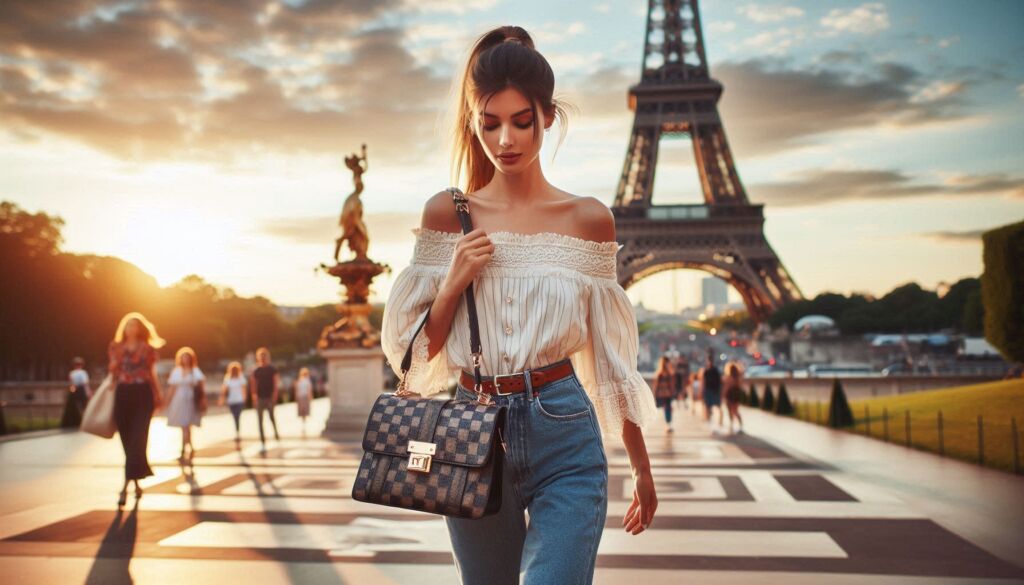
Paris, one of the world’s most popular tourist destinations, has been attracting even more people than usual thanks to its recent hosting of the Olympic Games. This has created more opportunities for those who engage in criminal activities, particularly luxury goods counterfeiters. Below, two senior IP Attorneys at Marks & Clerk provide more insight into the problem.
The market for Paris’ counterfeiters is booming. One of the world’s biggest hubs for tourism and the self-proclaimed fashion capital of the world has experienced an even greater influx of visitors due to its hosting of the Olympics.
It’s no surprise that massive global events like the Olympics present opportunistic third parties with a clear window to capitalise on an inundation of tourists looking for mementoes and luxury items to take home with them. However, while the Games may have provided an opportunity for a sharp spike in cases, counterfeiting in the city has been a significant problem for many years.
The city’s streets, particularly around popular tourist areas and marketplaces, are rife with offers for counterfeit luxury goods. From shadowy alleyways to bustling street corners, vendors hawking imitation “Lady Dior” bags or “Birkin” purses are commonplace.
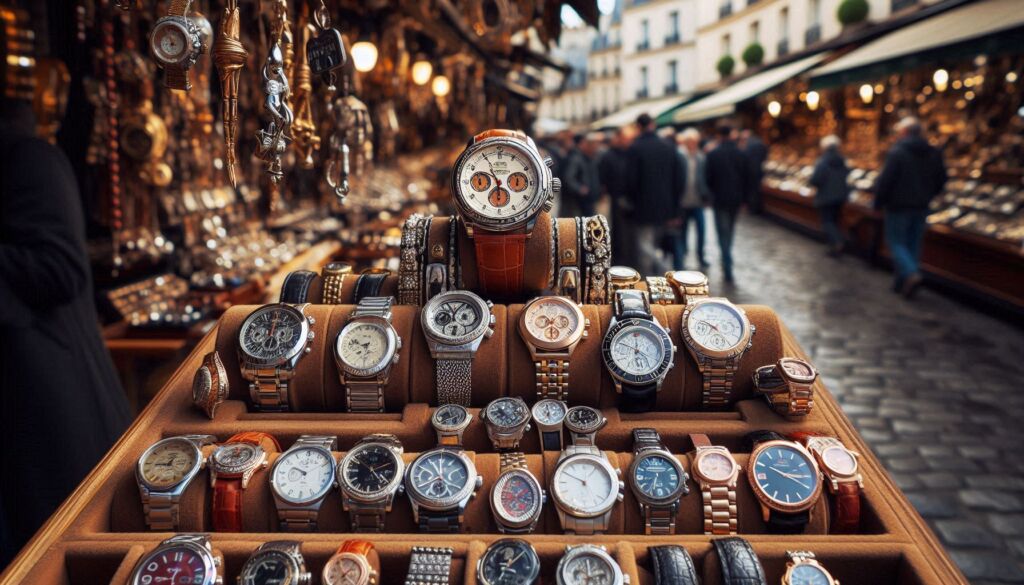
The high visibility of these counterfeit items underscores the scale of the problem as Paris struggles to combat the proliferation of fake goods amid the excitement of hosting a global event.
The consequences of this booming counterfeit market are multifaceted. It affects brand integrity, harms legitimate businesses, and undermines consumer trust. The increased presence of counterfeit goods also strains law enforcement and regulatory bodies tasked with maintaining the city’s reputation as a hub of authentic luxury and fashion.
Moreover, the counterfeit market’s expansion highlights a broader challenge of managing intellectual property and ensuring that legal frameworks keep pace with the rapidly evolving nature of global events and tourism dynamics. The Olympics, while a spectacular showcase of sportsmanship and international unity, also inadvertently spotlight the darker aspects of consumerism and counterfeiting.
To put it in context, counterfeit branded clothing alone is estimated to have cost companies in France 1.7 billion Euros in lost sales annually between 2018 and 2021, according to a report issued by the EU Intellectual Property Office (EUIPO) published earlier this year. The same report suggests that counterfeiting costs nearly 200,000 jobs across the EU every year.
However, the authorities have been planning for this year’s Olympics and the fake merchandise accompanying it. French police authorities have been cracking down on counterfeits in and around Paris throughout the lead-up to the Games. Raids on flea markets in April resulted in the seizure of over 60,000 counterfeit products, and just last month, a market in Montmartre of around 1,000 counterfeit sellers was dismantled.
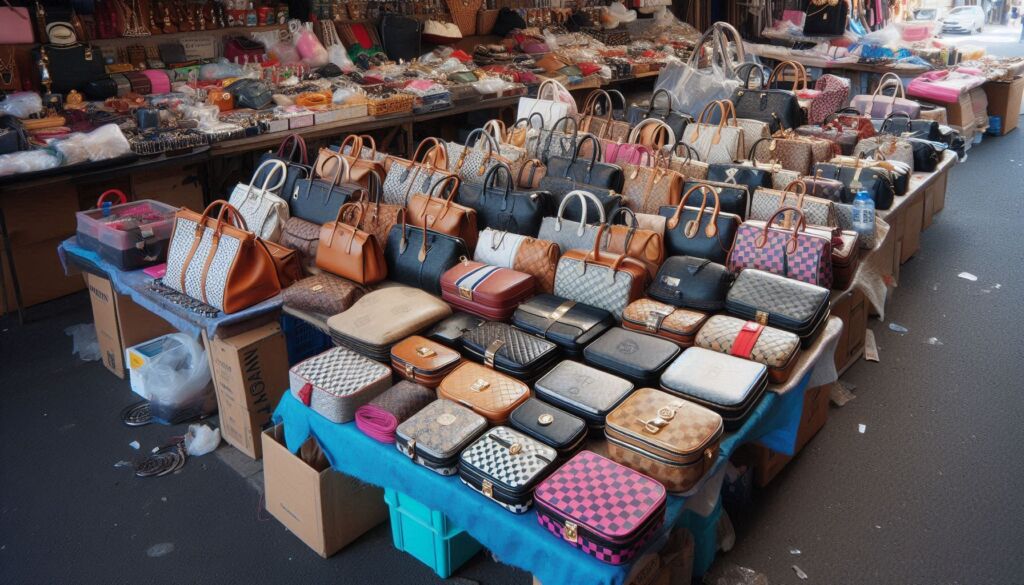
The fact that over 20 million counterfeit items were seized in 2023, compared to only 11 million in 2022, also suggests the advent of the Games has been a key catalyser for law enforcement to reduce fakes appearing in the market.
Brands like Louis Vuitton employ a multifaceted approach to combat counterfeiting and safeguard their brand’s integrity. These strategies include robust intellectual property protection, the use of advanced anti-counterfeiting technologies such as RFID tags and microchips, rigorous legal enforcement, and the incorporation of distinctive patterns and designs that set them apart from imitators.
Global events such as the Olympics have long been associated with luxury brands. For instance, Armani has designed the Italian team’s uniforms since the 1980s, including for this year’s Games. Similarly, Ralph Lauren has been the official designer of the U.S. Olympic and Paralympic team uniforms since 2008, and Omega has served as the official timekeeper since 1932.
However, this year’s Paris Olympics have seen an even greater presence of luxury brands. Cartier, making its debut as the official jewellery partner, exemplifies this trend by showcasing its renowned craftsmanship and elegance. Additionally, iconic brands such as Chanel, Rolex, Louis Vuitton, and BMW have significantly increased their sponsorship, further embedding themselves into the event’s fabric.
This heightened involvement by luxury brands underscores their desire to capitalise on the prestige of being officially associated with Olympic merchandise and branding. Companies are investing millions to sponsor the Games, with Louis Vuitton designing cases for the medals and torches, LVMH’s Berluti tailoring the French Opening Ceremonies uniforms, jeweller Chaumet crafting the medals, and Moët & Chandon celebrating victorious moments.
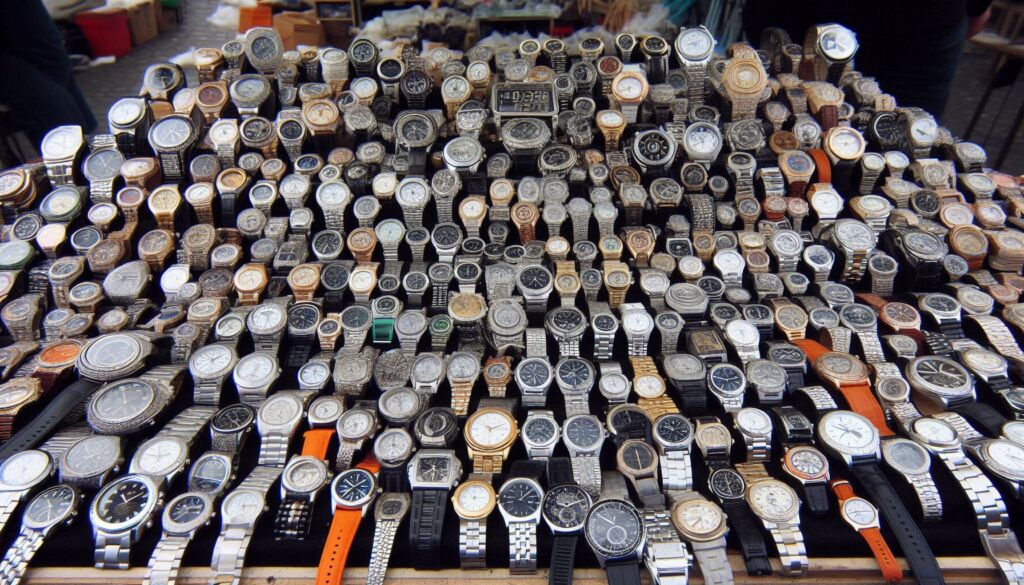
The presence of counterfeit goods poses a serious threat to this exclusivity. Knock-offs undermine the value of these luxury partnerships and present broader societal risks, as the counterfeit market is often linked to organised crime.
The Olympic Games’ enduring legacy and influence are rooted in the authenticity of the inspiring moments they create. Counterfeiting directly opposes this authenticity, representing a significant threat to the integrity and prestige of the Games.
Olympic hosts understandably anticipate and prepare for a surge in tourism, but the corresponding spike in counterfeiting presents a more challenging issue for brands to mitigate in advance.
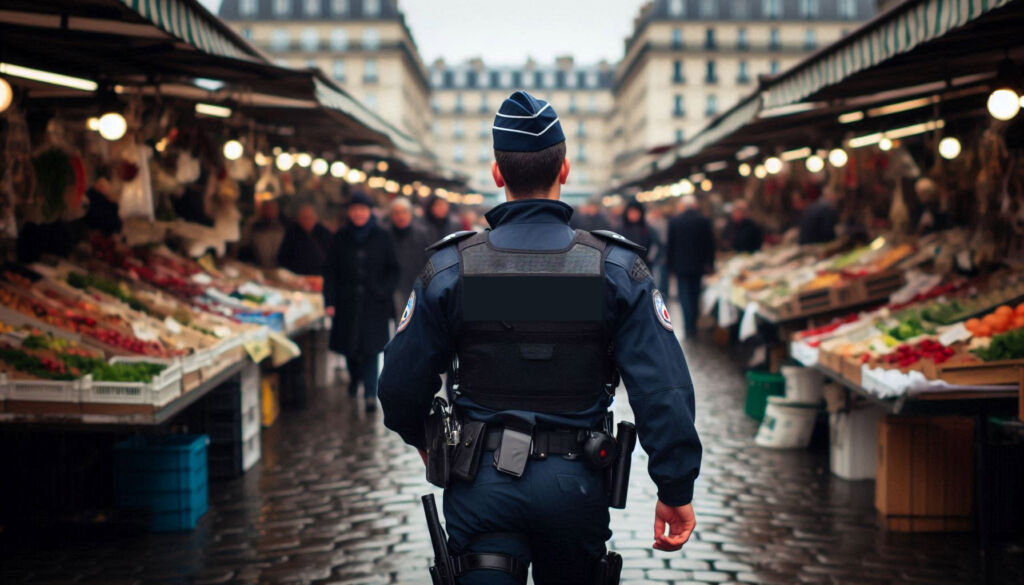
The Brands Impacted the Most
Brands associated with luxury and exclusivity are likely to be most impacted by counterfeiting during the Olympics.
High-profile sponsors such as Louis Vuitton, Cartier, Chanel, Rolex, and Omega are prime targets, given their global recognition and the premium status of their products.
Additionally, brands directly linked to Olympic merchandise, like Ralph Lauren and LVMH’s Berluti, which are involved in creating official uniforms and ceremonial attire, are also at high risk. These brands, due to their visibility and association with the Games, are particularly vulnerable to counterfeiters looking to exploit the event’s global platform.
Luxury brands in the fashion, jewellery, and accessories sectors typically face the greatest threat, as counterfeiters seek to replicate high-demand items that command significant prices on the black market. The exclusivity and desirability of these brands make them especially attractive targets during an event as globally visible as the Olympics.
About the Authors
John Ferdinand is a Registered and Chartered trademark attorney and is the Office Managing Partner of Marks & Clerk’s Birmingham. He has over 15 years of experience in the trade mark profession and works with a portfolio of national and international clients to develop a strategy for their trade mark protection.
Noëlle Pearson is an Associate at Marks & Clerk and a registered and Chartered Trademark Attorney (UK). She is also a South African Qualified Lawyer and Trademark Attorney (non-practising). Noëlle became fully qualified in the UK in 2021 after relocating to Scotland from South Africa in 2019.
To learn more about Marks & Clerk, visit www.marks-clerk.com.
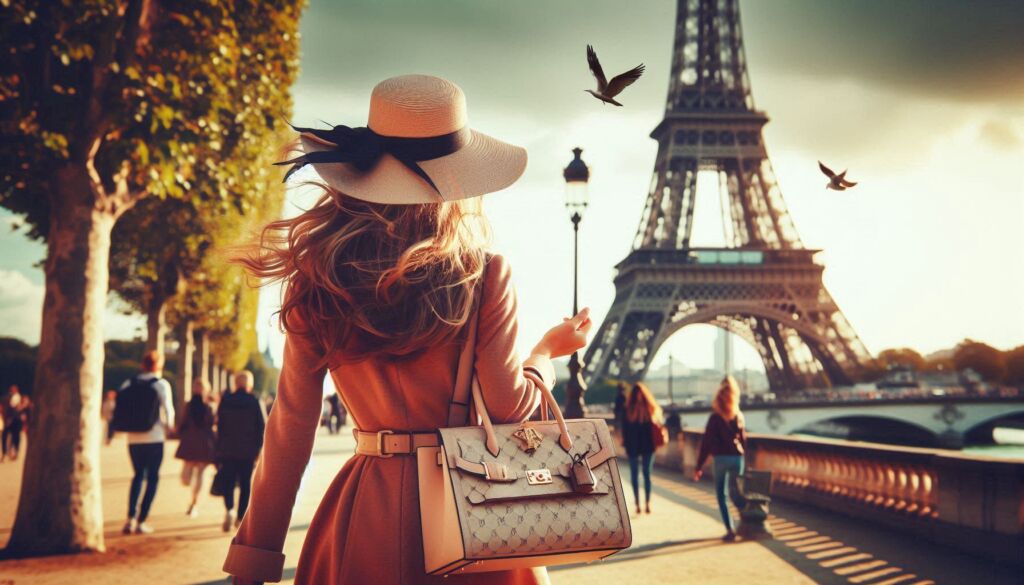
![]()

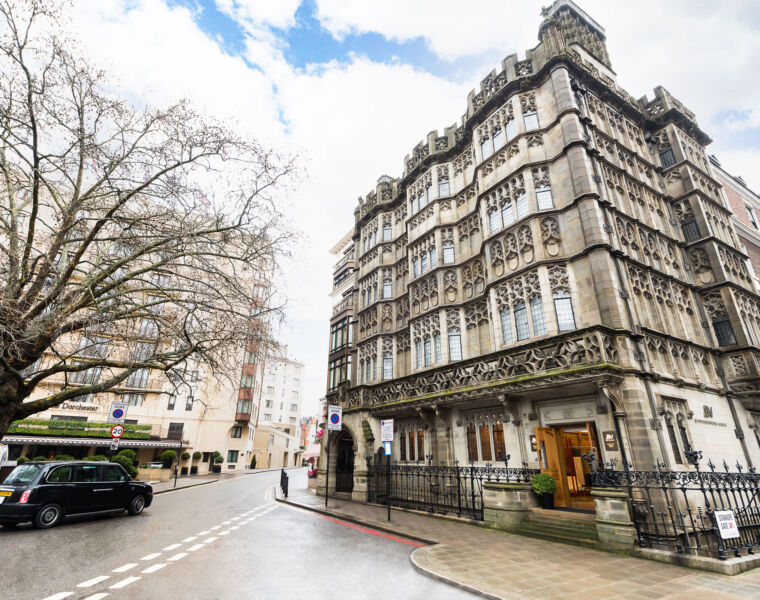
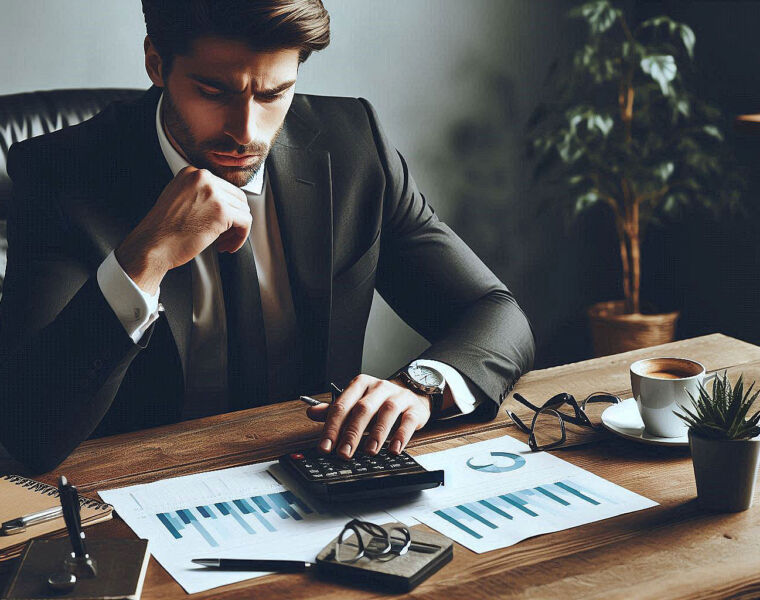

You must be logged in to post a comment.